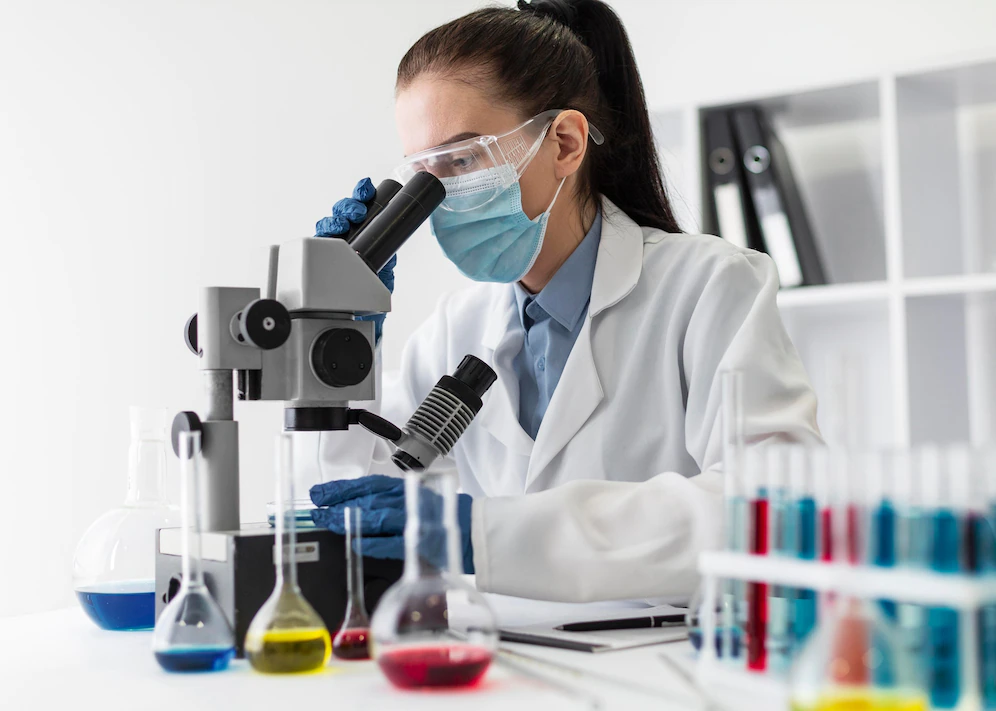By definition, pharmacokinetics is the study of the effect a body has on the administered drug product. It is closely related to pharmacodynamics. The primary difference in pharmacokinetics vs. pharmacodynamics is that pharmacodynamics studies a drug's effect on the body. Various bioanalytical approaches to studying pharmacokinetics (PK), include liquid chromatography, LC-MS, and PK ADA assays.
The 4 primary stages of PK evaluations are absorption, distribution, metabolism, and excretion.. Understanding the characteristics of each stage allows a clinician to make appropriate changes in drug dosage for a specific population. The current article talks about these stages in detail. Let us begin with absorption.
Absorption
Absorption is the drug movement from administration site to the systemic circulation. Multiple factors can influence drug absorption, including:
- Physicochemical properties of the drug
- Route of administration
- And interactions with foods
The route of drug administration influences the bioavailability at the site of action. The bioavailability of drug products dictates the amount of active drug ingredients entering systemic circulation and thus becoming available at the site of drug action. However, for intravenous drugs, the bioavailability is 100%, as the drug reaches systemic circulation instantaneously. On the other hand, oral drug products have lesser absorption and hence reduced bioavailability.
Distribution
The drug distribution process controls the amount of drug available at the site of action. Hence, it affects drug toxicity and efficacy. A drug is distributed from the absorption site to different target tissues, such as muscle and fat. Several factors influence drug distribution, such as molecular size, lipophilicity, blood flow, and interactions with components such as plasma proteins. For instance, only a fraction of a highly protein-bound drug will be available in systemic circulation to exert its therapeutic benefits.
Besides, there are several anatomical barriers affecting drug distribution in the body. For example, the blood-brain barrier inhibits compounds entering the brain tissue. Hence, they require more specialized drugs with attributes such as smaller molecular weight and size and higher lipophilicity.
Metabolism
Around 70-80% of drugs used in clinical practice are metabolized by the cytochrome P450 enzymes (CYP450). Once the CYP450 metabolizes a drug product, it creates inactive metabolites with no original pharmacokinetic action. However, prodrugs, such as codeine, are inactive and become active after CYP450 activity.
Several factors can affect drug metabolism. Differences in genetics can metabolize drug products more slowly or quickly. Drug interactions may increase metabolism via enzyme induction or decrease metabolism by enzyme inhibition. Moreover, age affects liver functions. Hence, older people may metabolize drugs more slowly than the younger population.
Excretion
Drug excretion involves metabolizing and excreting the drug product through the kidneys and some extent, through the bile. Most drug products are excreted predominantly through the urine. Several factors affect drug elimination, such as renal dysfunction that may increase the half-life of certain drugs, age, and concomitant pathologies affecting drug elimination, such as liver disease and congestive heart failure.
Also Read: Know The FDA Bioequivalence Guidance For Phase 1 Studies
Whether a patient has renal dysfunction or a poor CYP2D6 metabolizer, individual characteristics of absorption, distribution, metabolism, and excretion will ultimately influence the pharmacokinetic properties of a drug product.


No comments yet